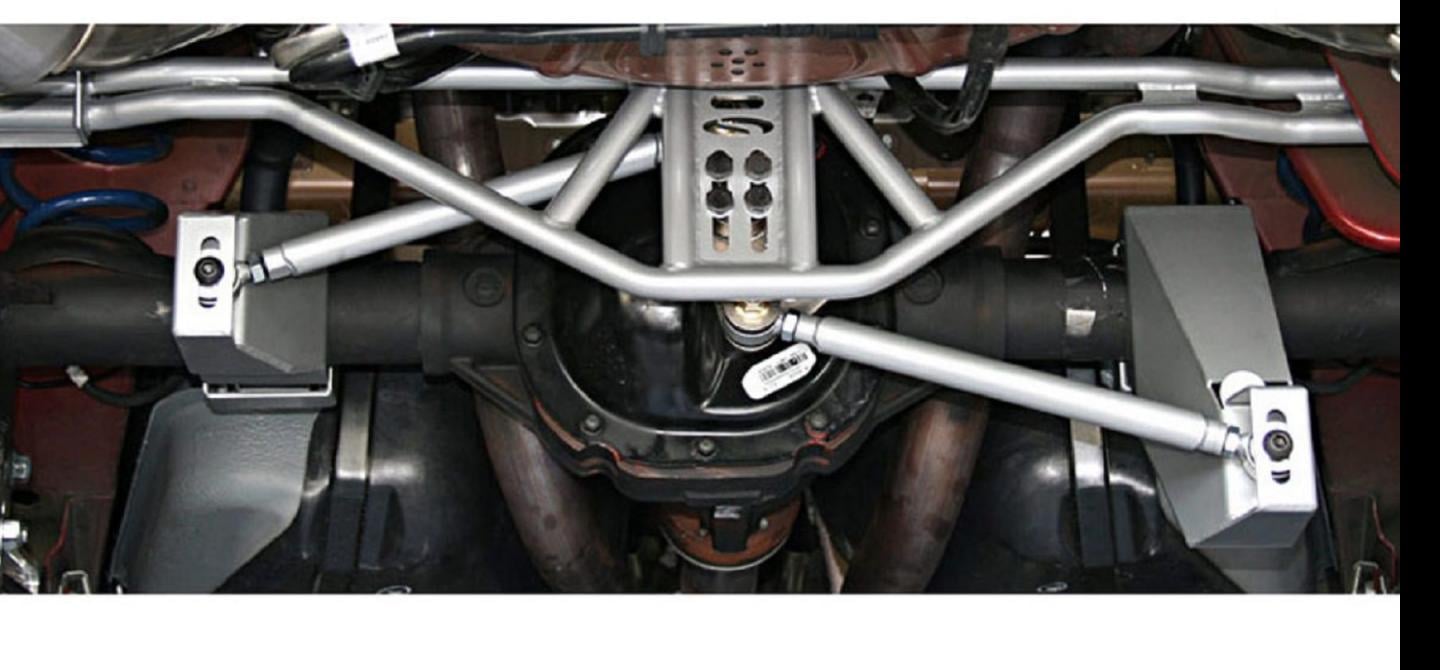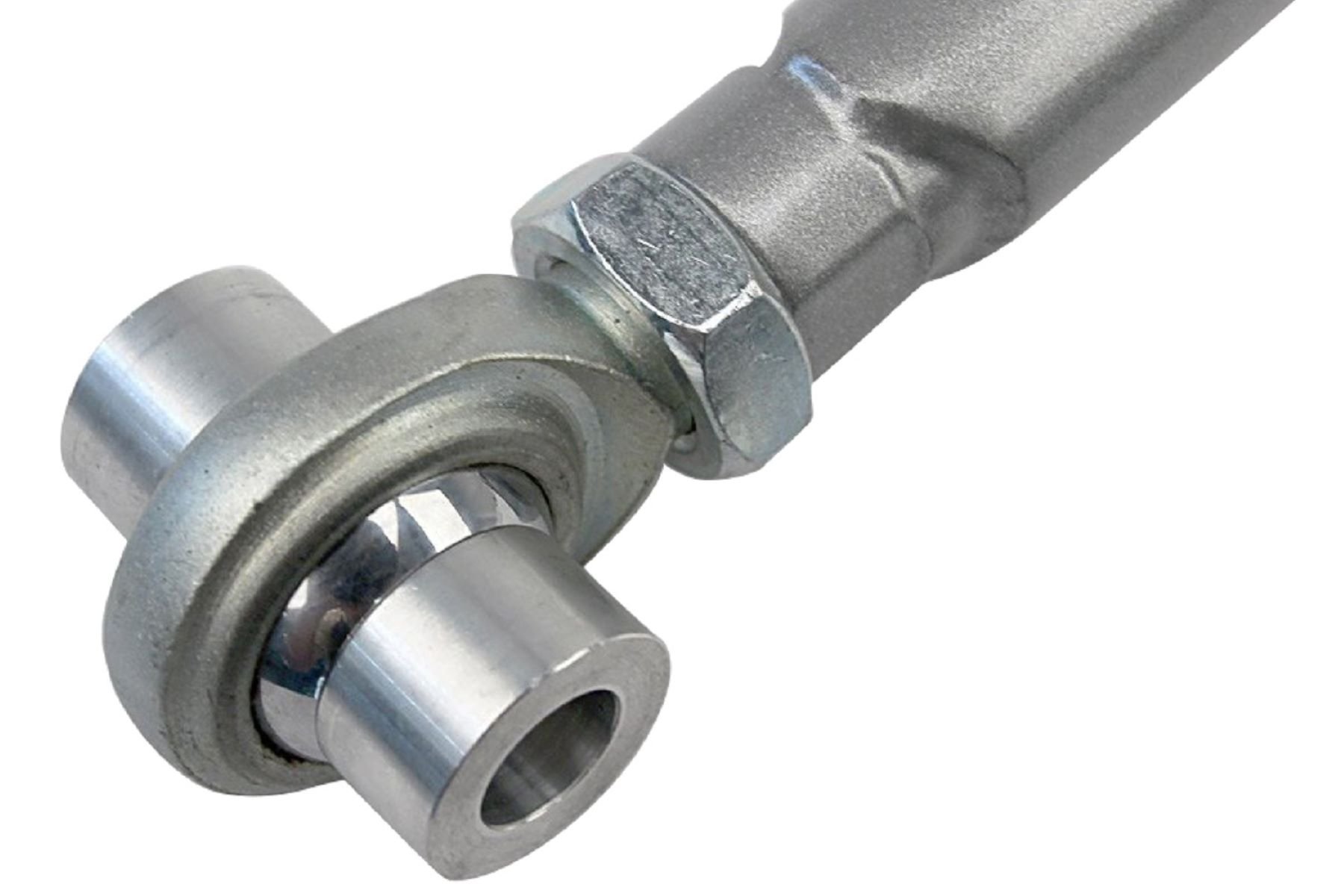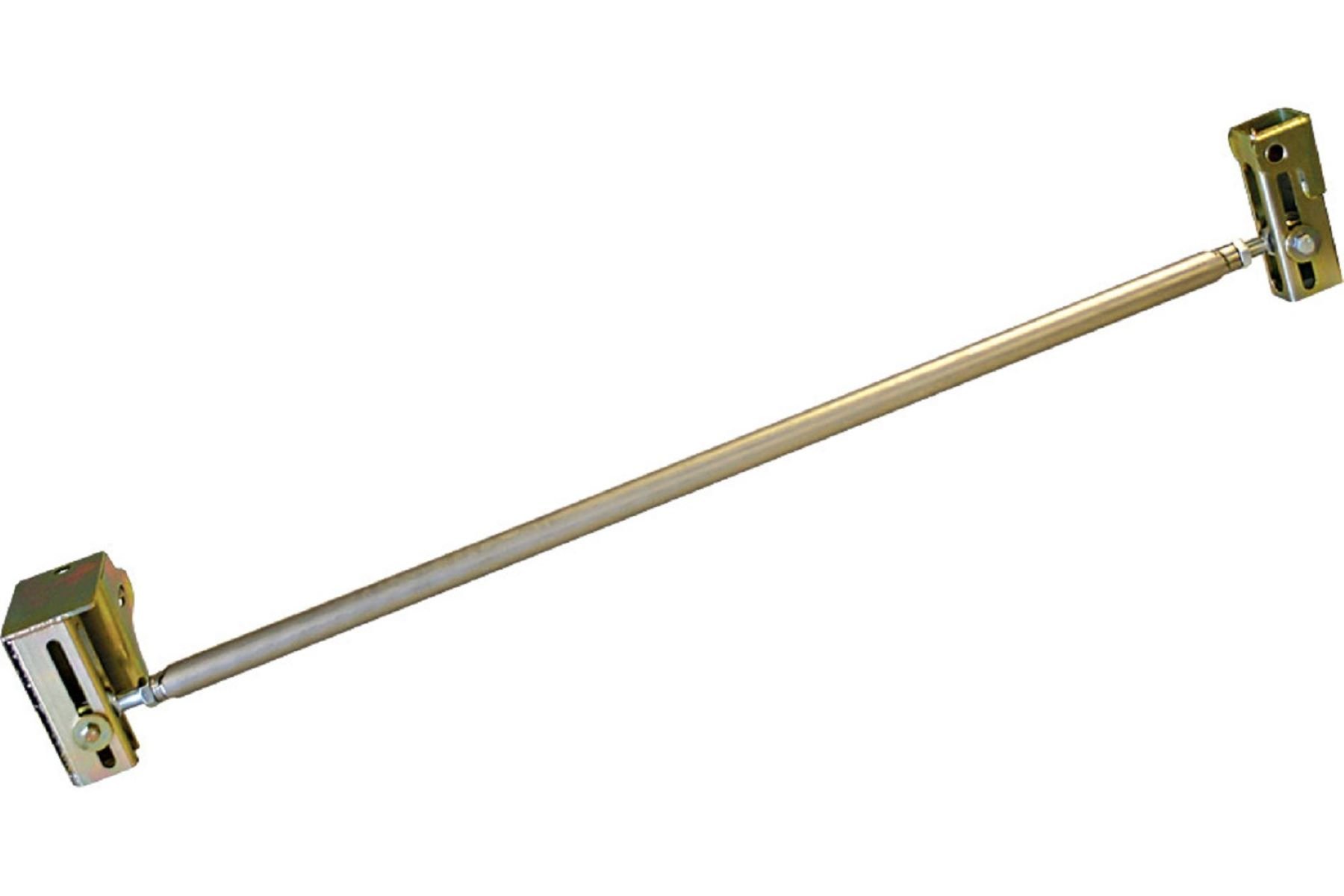What’s under your Mustang? A Panhard bar or a Watt’s link? If your Mustang is rocking stock suspension, chances are you’re running a Panhard bar. After all, most late-model Mustangs came from the factory with them. Panhard bars are tasked with reducing lateral movement, especially while corning, on a vehicle equipped with a solid rear axle, like our beloved pre-S550 era Mustangs.
A Watt’s link ups the ante by nearly completely eliminating that lateral movement. That’s probably why you hear car folks comparing the two similarly. Fortunately for you, if you’re not sure which one you need on your Mustang, keep on reading; Steeda Autosports offers both options for your solid rear axle-equipped late-model Mustang.
Since the old ‘Panhard bar versus Watt’s link’ debate is constantly being thrown around, we reached out to our friends at Steeda and asked them three unique questions regarding both its Panhard bar and Watt’s link offerings to find out which one might be right for you.
ISO Certified Watt’s Links
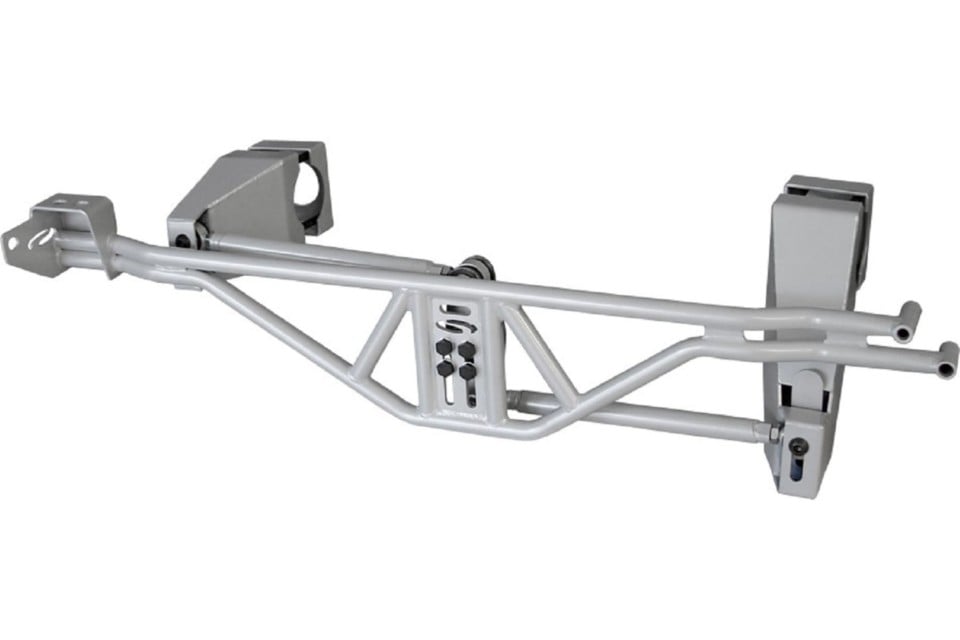
Steeda’s Watt’s Link (PN 555-2525) is much larger than its Panhard bar brethren, and for good reason. The Watt’s link takes advantage of several mounting points and adjustable locations to ensure the end user can position their vehicle more precisely in competitive driving situations.
One thing that separates Steeda’s Watt’s link offering is that it proudly wears an ISO certification (9001-2008). For those of you who aren’t familiar with ISO certifications, they’re often hailed as the ‘gold standard’ for any company or product.
We asked Scott Boda, Steeda’s director of manufacturing, the importance of an ISO certification, and how it differentiates Steeda’s Watt’s link from the competition.
“ISO certification provides the customer with the buying confidence that the parts were made to the highest standard,” Scott explained. “Repeatability is also key, so that the kits are made exactly the same way each time. It’s a very time consuming process, but it allows us to back our parts with a lifetime warranty.”
We can get behind that!
Eliminating Lateral Movement
Steeda says one of its Panhard bars (three offerings below for S197 Mustangs) is a great step toward eliminating lateral movement. Steeda’s Panhard bar features a 4130 chrome-moly alloy steel construction and allows for alignment of the rearend. What’s more, adding one of Steeda’s Panhard bar braces to the mix increases the rigidity of the Panhard bar setup.
Steeda offers three different Panhard bar options for S197 Mustangs. Each offering is adjustable with the differences being a 'race style' with spherical bushings, a 'street style' with polyurethane bushings, and a 'competition style' featuring an adjustable rear-roll center.
“Eliminating the lateral movement of the axle allows the suspension to react to cornering forces in a more consistent manner, and will provide for a more stable and confidence-inspiring feeling as your vehicle’s suspension moves through its range of motion,” said Brandon Smith, chassis engineer at Steeda.
“To the driver, it will feel like the rearend is more connected to the chassis. Additionally with the left vs. right turning dynamics now stabilized, the whole vehicle will feel more connected, responsive, and consistent.”
“Also, our available adjustment for roll-center height and links featuring urethane bushings [instead of spherical bearings] are available for quiet street operation. Spherical bearings used by competitors will increase noise, vibration and harshness (NVH) in the vehicle.”
Is A Watt’s Link The End-All?
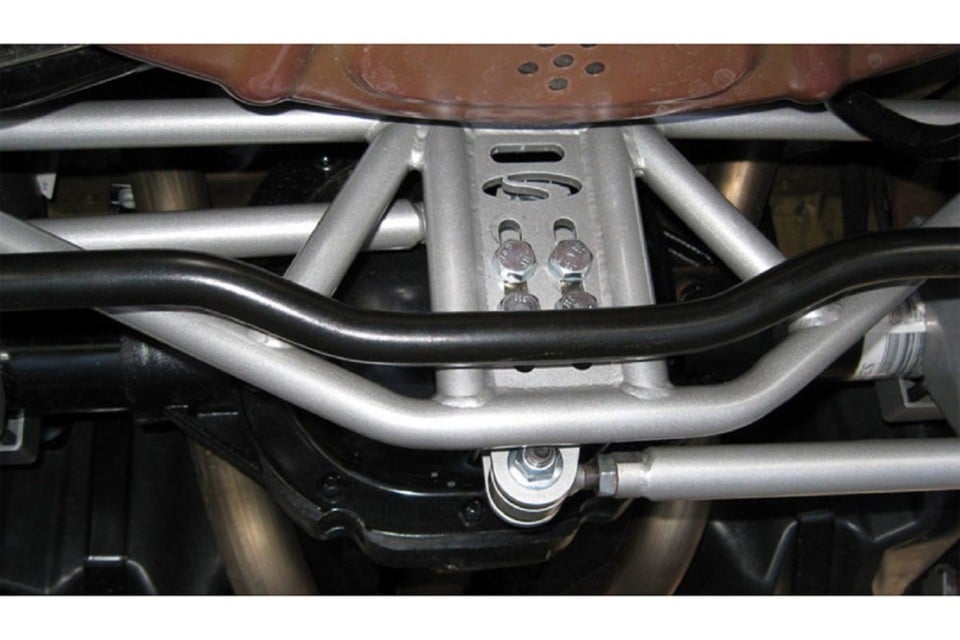
While a Panhard bar reduces unwanted lateral movement, a Watt’s link takes it to the next level by nearly completely eliminating it. This is accomplished through the many adjustment points that a Watt’s link (like this one from Steeda) has to offer.
We know that both a Panhard bar and a Watt’s link are designed to eliminate lateral movement, but does one of them do that job better than the other? According to Steeda, the answer is yes.
“As the body mount of a Panhard bar rises and falls with suspension motion, the axle moves laterally with respect to the chassis due to the arc described by the Panhard bar,” Smith explained.
“This in effect binds the suspension, preventing it from moving to where load transfer and geometry would like it to be. Therefore, the lower the movement, the better.
“A perfectly setup Panhard bar [a bar that is horizontal at ride height] with a length of 42.5-inches [about what the S197 is] has a lateral motion of about 0.189-inches, which is roughly 3/16-inches or 4.8mm toward the passenger side for four-inches of travel in both bump and rebound.
“When the Panhard bar cannot be set up perfectly — and it’s not on the S197, as it is not parallel at ride height — the amount of lateral movement increases in either bump or rebound, depending on which end of the Panhard bar is lower, which is the driver’s side on an S197. Further, since the axle moves toward the passenger side in both bump and rebound, there is a difference in cornering characteristic when turning left versus right.”
Smith continued, saying Steeda’s Watts link practically eliminates the unwanted lateral motion inherent in the geometry of the factory Panhard bar in its operating range.
“With the lateral and center link lengths that Steeda uses, the lateral motion for 4-inches of bump travel is about 0.018-inches, which is roughly 1/64-inches or 0.46mm — one tenth of the Panhard bar amount,” Smith said.
“At two-inches of bump/rebound travel, Steeda’s Watt’s link is even more impressive. The Panhard bar has moved 0.047-inches [ or 1.19mm] while the Watt’s link has moved less than 0.001-inches.
“On a Watt’s link-equipped vehicle, the center pivot of the center link is the rear roll center [pictured above]. Moving the center pivot up or down moves the roll center up and down. Furthermore, the lateral links should be horizontal and the center link vertical with the vehicle at ride height to minimize scrub,” Smith concluded.
Now the question remains, which one is right for you? From what we’ve gathered from our conversation, we’d venture it’s safe to say that if you’re an avid car enthusiast looking for more rearend adjustment on your solid rear axle-equipped S197 Mustang, then a Panhard bar might be for you.
If you’re more of a hardcore racing enthusiast — say, someone who likes to hit the autocross circuit or the twisties in the canyons — then a Watt’s link might be the right move for someone who needs to almost completely eliminate lateral movement.
For more information on Panhard bar and Watt’s link offerings from Steeda, contact Steeda.


